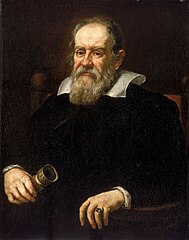100,000 Stem graduates are needed a year just to maintain the status quo, according to a report by The Royal Academy of Engineering.
Engineering firms are crying out for engineers.
Professor Matthew Harrison Royal Academy of Engineering
In the UK something like 23,000 engineers are graduating every year. Apparently that is not enough and UK firms are already recruiting experts from abroad.
Really?
But, is this not contradictory to other reports of STEM students having to take lower skilled jobs? For Example, Judith Burns (BBC) wrote about graduates in general back in March, see here.
More than a third of recent graduates were in non-graduate jobs at the end of 2011 – up from about a quarter in 2001.
Judith Burns (BBC)
Katherine Sellgren (BBC), in September wrote about Engineering graduates specifically, see here.
Nearly a quarter of UK engineering graduates are working in non-graduate jobs or unskilled work such as waiting and shop work, a report suggests.
Katherine Sellgren (BBC)
Now I am confused
So, what is the problem here? How can we have a situation where UK companies are having to recruit from abroad when we have a quarter of UK engineering graduates are working in non-graduate jobs?
The reason?
The Lords Science and Technology Committee (opens a PDF) called for immediate action to boost student numbers in science, technology, engineering and maths at undergraduate and postgraduate level. In the same report, it was stated that many graduates do not have the skills need by industry.
In reality the quality of the Stem graduates coming out of universities does not meet the requirements of industry and in fact is ultimately not even likely to meet the requirements of academia.
Lord Willis
In particular, around 70% of biology undergraduates, 38% of chemistry and economics undergraduates and 10% of engineering students did not have A-level maths.
Link








